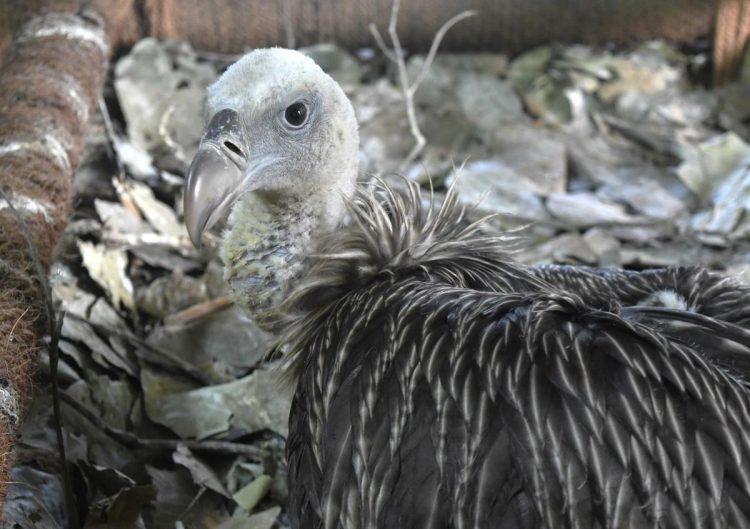Researchers have successfully recorded the first occurrence of captive breeding of the Himalayan vulture (Gyps himalayensis) in India, which is a noteworthy victory for conservation efforts.

| About Himalayan Vultures | |
| Scientific Name | Gyps himalayensis |
| Range and Habitat | The Himalayan region and adjacent areas of India, Nepal, Bhutan, China, and Pakistan are home to this species. Live in high-altitude mountainous areas. |
| Feeding Habits | Scavengers that feed on carrion perform an important function in the environment by cleaning up carcasses and reducing disease spread. |
| Conservation Status | Near Threatened (IUCN) Schedule-IV (WPA) |
| Breeding Behavior | Construct nests on cliffs and rough ledges. They are monogamous and have long-term pair relationships. |
| Cultural Significance | Some Himalayan communities regard them as symbols of purification and spiritual value, and they have cultural and religious significance. |
Breeding Process Specifics Date and Nestling:
- On March 14, 2022, a Himalayan vulture nestling was successfully hatched in the Assam State Zoo in Guwahati. On March 15, the nestling was transferred to an artificial brooding facility.
- Observations: Researchers closely examined the nestling’s housing, feeding, frequency of eating, and growth and colour.
- Conservation Breeding Centres for Vultures: In India, four Vulture Conservation Breeding Centres (VCBC) have been created in Haryana, Madhya Pradesh, Assam, and West Bengal. These facilities are dedicated to the conservation of White-rumped vultures, Slender-billed vultures, and Indian vultures, all of which are listed as ‘Critically Endangered.’
Source: https://www.thehindu.com/news/national/himalayan-vulture-bred-captively-for-the-first-time-in-india/article67154907.ece#:~:text=Researchers%20have%20recorded%20the%20first,the%20Assam%20State%20Zoo%2C%20Guwahati.
